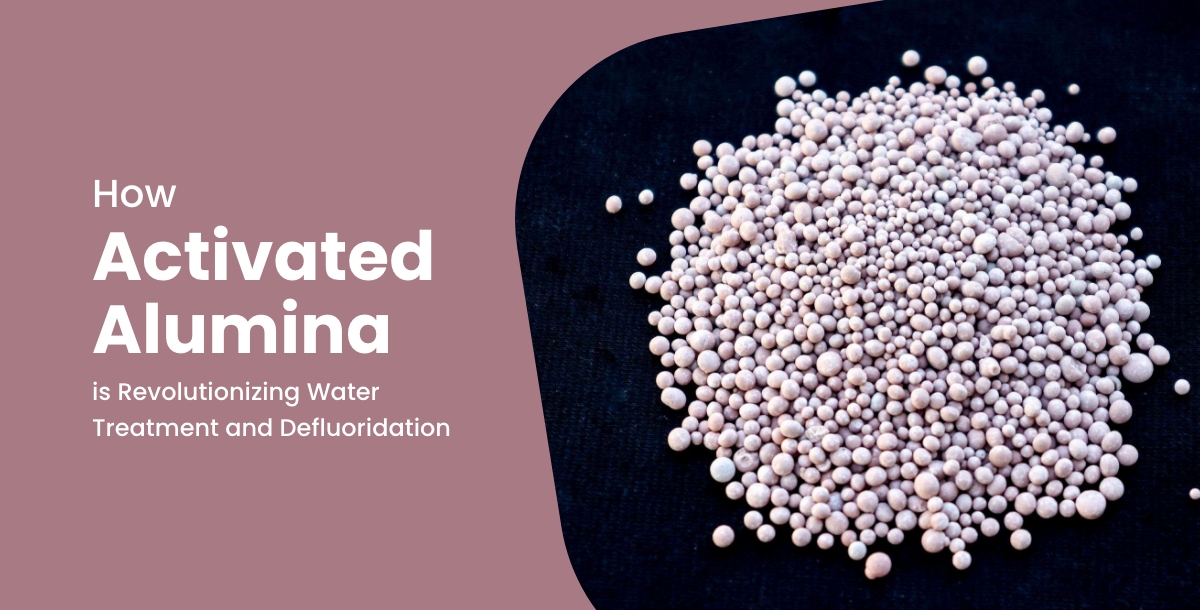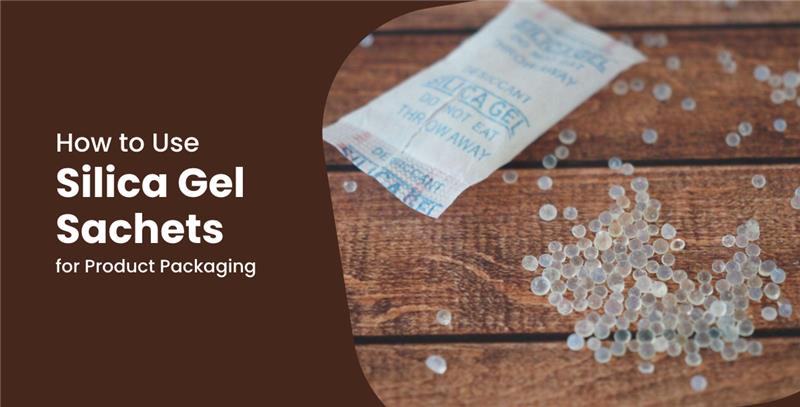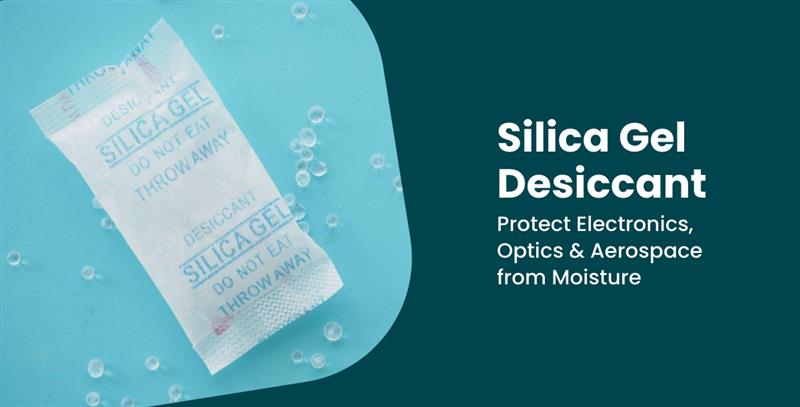What is activated alumina powder and how does it work?
Activated alumina powder is a fine, highly porous form of aluminum oxide with an immense surface area. It captures contaminants via adsorption and ion exchange, binding substances like fluoride onto its structure. Activated Alumina Manufacturers by Bee Chems under the Actas® brand, this powder features micro- and mesopores for rapid kinetics and high capacity.
Bead and powder forms fit cartridge filters, fluidized beds, and specialty reactors. Its mechanical strength avoids dust formation and ensures consistent flow, making activated alumina powder ideal for both home and industrial treatment.
Why should you buy activated alumina from top suppliers?
As leading Activated Alumina Suppliers and one of the premier Activated Alumina Manufacturers, Bee Chems guarantees quality and consistency. Our clients can buy activated alumina with confidence, knowing it meets stringent ISO standards. Every batch undergoes rigorous testing for surface area, pore volume, hardness, and moisture content.
Global health agencies recommend activated alumina for safe drinking water solutions. Bee Chems’ extensive production ensures timely delivery when you buy activated alumina for municipal or household systems.
How does activated alumina remove fluoride from water?
Activated alumina binds fluoride ions through surface adsorption and ion exchange, lowering concentrations from 10 ppm to below 1 ppm. Optimized at pH 5.5–6.5 and cooler temperatures, it achieves over 95% removal efficiency. Water flowing through packed beds of alumina beads or powder attaches fluoride to active sites for reliable defluoridation.
Typical adsorption capacity exceeds 2.85 mg F⁻ per gram, offering selectivity over competing anions. Single-pass systems consistently meet regulatory limits in one treatment cycle.
What advantages does activated alumina offer over other methods?
Compared to precipitation or membrane processes, activated alumina is cost-effective and eco-friendly. It operates without constant chemical dosing and supports in-situ regeneration, generating minimal waste.
- High fluoride adsorption: ≥ 2.85 mg F⁻/g
- Reusability via mild regeneration
- Low sludge or brine output
- Reduced operational expenses
Regeneration uses mild NaOH or dilute HCl, avoiding harsh reagents. Spent eluents are minimal, and beads or powder retain structure for multiple cycles—making activated alumina a greener choice.
Can activated alumina be regenerated and reused?
Yes, activated alumina can be regenerated with simple backwashing using alkaline or acidic solutions, restoring over 90% of its capacity. Frequent regeneration extends media life and lowers replacement costs.
Perform regeneration every 6–12 months or when effluent fluoride levels rise. High-grade alumina withstands up to 10 cycles with minimal capacity loss, ensuring long-term performance.
How is activated alumina applied in industrial water treatment?
In industry, activated alumina is used in fixed-bed reactors, fluidized beds, and cartridge filters for effluent polishing and process water treatment. It handles high flow rates and heavy contaminant loads efficiently.
- Power plant boiler feed water
- Oil & gas produced water polishing
- Chemical process water refinement
- Agricultural irrigation purification
Modular designs integrate pre- and post-filtration to optimize performance. Compact modules fit existing plants with minimal footprint and energy use.
How do Activated Alumina Suppliers and Manufacturers ensure quality?
Bee Chems, among top Activated Alumina Suppliers, provides ISO-certified production and thorough QA testing. Each batch undergoes BET surface area analysis, pore distribution checks, and crush strength tests.
Advanced instrumentation confirms surface area, pore volume, and moisture content, ensuring each lot meets published specifications and performance criteria.
What other contaminants can activated alumina address?
Beyond fluoride, activated alumina adsorbs arsenate, selenium, chromate, and organic pollutants like dyes and phenols. Its versatility makes it suitable for diverse treatment challenges.
- As(V) and As(III) removal
- Selenium oxyanion capture
- Chromium(VI) adsorption
- Organic dye and phenolic compound removal
Applications include textile effluent treatment, pharmaceutical water polishing, and mining wastewater cleanup, addressing emerging contaminant concerns.
How does activated alumina compare to activated carbon?
Activated alumina shows superior affinity for inorganic anions like fluoride and arsenic, while activated carbon excels at organics. Its thermal and chemical stability suits harsh treatment conditions.
Carbon media require frequent disposal and harsh regeneration. In contrast, alumina can be reused with low attrition, resulting in lower lifecycle costs for inorganic removal.
What role does activated alumina play in domestic filters?
Activated alumina is integral to cartridge filters and gravity-fed units for household water safety. Easy installation, minimal upkeep, and long service intervals make it homeowner-friendly.
Systems deliver 1–2 L/min flow and treat 500–1000 L per unit. Gravity-fed models support off-grid use, while under-sink housings fit standard fixtures.
How does activated alumina support sustainable water management?
By reducing chemical use and enabling regeneration, activated alumina lowers environmental impact and fosters circular water economies. Its longevity and waste minimization align with sustainability goals.
Life cycle studies show up to 30% lower carbon footprint versus chemical treatments. Regenerated eluents can recover fluoride for industrial reuse, advancing resource recovery initiatives.
Frequently Asked Questions
,
Q1. What exactly is activated alumina powder, and why is it so effective?
Activated alumina powder is a highly porous form of aluminum oxide (Al₂O₃) with an immense internal surface area. Its micro- and mesopores provide abundant active sites that capture contaminants through adsorption and ion exchange. Unlike ordinary alumina, the “activated” form is thermally treated to optimize pore size, surface chemistry, and hardness, allowing rapid kinetics, high capacity (≥2.85 mg F⁻/g for fluoride), and minimal dust or attrition in filter systems.
Q2. How does activated alumina remove fluoride from water?
Fluoride ions in water are removed when they bind to the hydroxylated surface of activated alumina via surface adsorption and ion exchange. Optimal defluoridation occurs at pH 5.5–6.5 and cooler temperatures, achieving over 95% removal in a single pass. As water flows through alumina-packed beds or cartridges, fluoride replaces hydroxide or other anions on the alumina surface, lowering fluoride levels from typical feed concentrations (e.g., 10 ppm) to below safe limits (≤1 ppm).
Q3. Can activated alumina be regenerated and reused?
Yes. Spent activated alumina can be regenerated by backwashing with mild alkaline (e.g., NaOH) or acidic (e.g., dilute HCl) solutions, which desorb the bound fluoride (or other ions), restoring over 90% of its original capacity. Regeneration intervals are typically every 6–12 months or when effluent fluoride begins to creep up. High-grade alumina withstands up to 10 regeneration cycles with minimal loss in mechanical strength.
Q4. How does activated alumina compare to other water-treatment methods?
Compared to conventional techniques like chemical precipitation and membrane filtration, activated alumina offers higher selectivity for inorganic contaminants and lower operational costs. It requires no continuous reagent dosing, can be regenerated on-site, and produces minimal secondary waste.
Q5. What other applications does activated alumina have beyond defluoridation?
Activated alumina’s versatile adsorption properties make it effective for:
- Arsenic (As III/V) removal in drinking and process water
- Selenium and chromate capture in industrial effluent
- Organic dye and phenol adsorption in textile and pharmaceutical wastewater
- Polishing boiler-feed and produced water in power, oil & gas, and chemical plants
Its chemical and thermal stability suit it to a wide range of treatment challenges—making it a go-to media for both domestic filters and heavy-duty industrial reactors.


